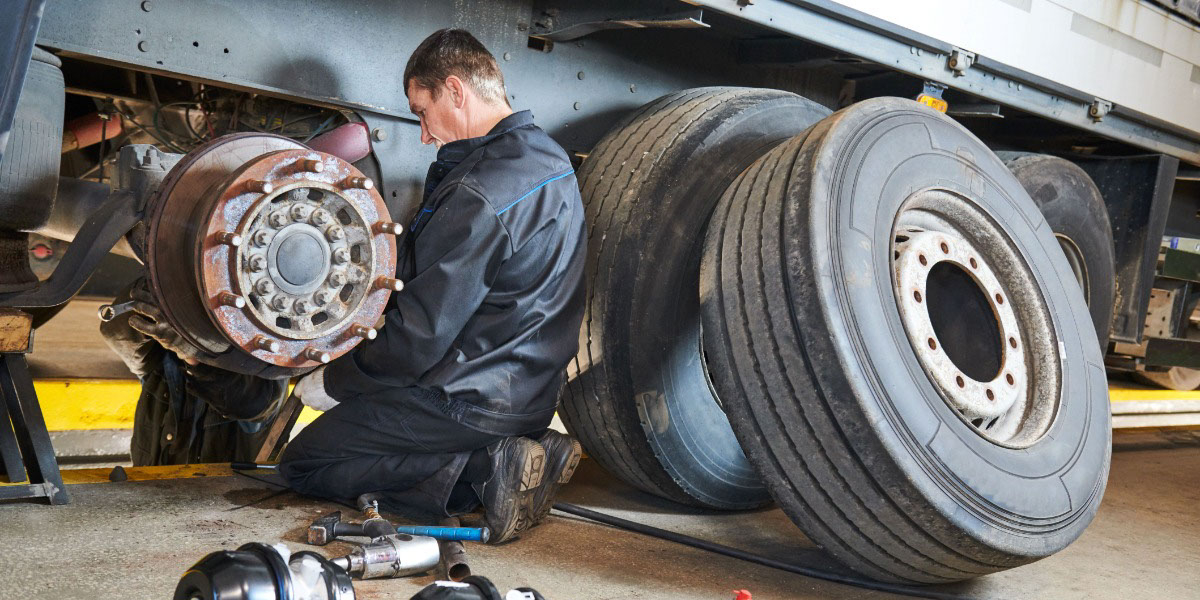The trucking industry operates within a complex framework of regulations designed to ensure safety, efficiency, and environmental sustainability. As we move through 2024, several key regulatory changes are poised to impact the industry significantly. These include stricter emissions regulations, updates to hours-of-service (HOS) rules, and an increased focus on driver safety and training. Staying informed and compliant with these changes is crucial for trucking companies to avoid penalties and ensure smooth operations.
Stricter Emissions Regulations
One of the most significant regulatory changes in 2024 is the introduction of stricter emissions standards. Governments worldwide are intensifying efforts to reduce greenhouse gas emissions and combat climate change. For the trucking industry, this means adhering to more stringent regulations aimed at reducing the carbon footprint of freight transportation.
Key Points:
- Implementation of New Standards: New emissions standards require trucking companies to adopt cleaner technologies. This includes the use of advanced engine systems, electric trucks, and alternative fuels such as hydrogen and natural gas.
- Impact on Fleet Operations: Companies may need to upgrade or retrofit existing fleets to comply with new standards. This can involve significant capital investment but is essential for maintaining regulatory compliance.
- Incentives and Penalties: Governments are offering incentives for adopting green technologies, such as tax credits and grants. Conversely, non-compliance can result in hefty fines and operational restrictions.
Industry Insight: Major players like Volvo and Daimler are leading the charge by expanding their electric and hybrid truck offerings. Smaller companies are also stepping up by exploring renewable energy options and participating in carbon offset programs.
Updates to Hours-of-Service Rules
Hours-of-service (HOS) regulations, which govern the working hours of truck drivers, are undergoing revisions to enhance road safety and driver well-being. In 2024, these updates aim to address ongoing concerns about driver fatigue and work-life balance.
Key Points:
- New HOS Limits: The updated rules include reduced maximum driving hours and mandatory rest breaks. This is intended to prevent driver fatigue, a leading cause of accidents.
- Electronic Logging Devices (ELDs): The continued enforcement of ELD mandates ensures accurate tracking of driving hours. ELDs help monitor compliance and reduce administrative burdens associated with manual logbooks.
- Flexible Scheduling: New regulations may introduce more flexibility in scheduling to accommodate varying workloads and allow drivers to better manage their rest periods.
Industry Insight: Companies like Schneider National and J.B. Hunt are investing in ELD technology and driver education programs to ensure compliance and improve driver satisfaction.
Increased Focus on Driver Safety and Training
Driver safety and training remain top priorities as the industry seeks to reduce accidents and improve overall safety standards. Regulatory bodies are implementing more rigorous training requirements and safety protocols.
Key Points:
- Enhanced Training Programs: New regulations mandate comprehensive training programs covering defensive driving, hazard recognition, and emergency response. This aims to equip drivers with the skills needed to navigate diverse road conditions safely.
- Safety Technology Adoption: Companies are encouraged to adopt advanced safety technologies, such as collision avoidance systems, lane departure warnings, and automated emergency braking.
- Health and Wellness Initiatives: Recognizing the link between driver health and safety, regulations are promoting wellness programs that address physical fitness, mental health, and nutrition.
Industry Insight: Leading companies like Werner Enterprises are setting the benchmark by integrating cutting-edge safety technologies and launching wellness programs that support drivers’ physical and mental health.
Staying Informed and Compliant
Navigating these regulatory changes requires trucking companies to stay informed and proactive. Here are some strategies to ensure compliance and maintain smooth operations:
1. Continuous Education: Regularly update management and drivers on new regulations through workshops, webinars, and industry conferences.
2. Invest in Technology: Adopt the latest compliance technologies, such as ELDs and emissions monitoring systems, to streamline compliance processes.
3. Collaborate with Industry Bodies: Engage with industry associations and regulatory bodies to stay ahead of regulatory developments and participate in advocacy efforts.
4. Comprehensive Audits: Conduct regular internal audits to identify compliance gaps and implement corrective actions promptly.
5. Focus on Driver Engagement: Foster a culture of safety and compliance by involving drivers in the decision-making process and encouraging their feedback on regulatory changes.
As regulatory landscapes evolve in 2024, trucking companies must navigate new emissions standards, HOS updates, and heightened safety requirements. By staying informed and adopting proactive compliance strategies, companies can not only avoid penalties but also enhance operational efficiency and driver satisfaction. Embracing these changes is not just about meeting regulatory demands; it’s about leading the industry towards a safer, more sustainable future.

Seashore transportation is a transportation staple in La Porte Texas.



